The U.S. Navy’s Task Group 31.2, under the overall command of Commander Frederick Moosbrugger, had a mission to destroy enemy surface ships on the night of August 6, 1943. The group consisted of six destroyers, including the Dunlap, Craven, Maury, Lang, Sterett and Stack. Night attacks using radar aimed torpedoes were the unit’s special skill and could inflict terrible damage on enemy ships if successful. So far during the war, American torpedoes suffered from a bad tendency to malfunction, but less than two weeks earlier Admiral King had given the order to disable the defective magnetic influence feature of the weapon. Now they might work properly.
As the American destroyers sailed through Vella Gulf in the Solomon Islands area, a gloom settled over the waters. Cloud cover was low and even with all lights extinguished and the lookout’s eyes accustomed to the dark, no one could see anything. Aboard Sterett, its gunnery officer, J.D. Jeffrey, unable to see anything, decided to eat a cheese sandwich the wardroom steward gave him earlier. As soon as he unwrapped it and took a bite, a radar contact appeared. “That must have been the signal,” he later joked. It was 11:33 p.m.
The targets were four Japanese destroyers making a transport run to the port of Vila on Kolambangara, where fighting raged for control of the island. They cruised toward their destination, unaware of the presence of the American ships, or that they had been spotted. The Japanese were masters of nighttime torpedo attacks and had roughly handled U.S. Navy ships in the past. The Americans were learning their lessons, however and were ready to return the favor.
The plan was to let the Task Group’s first division—Dunlap, Craven and Maury—launch a torpedo attack from the radar shadow of Kolombangara Island. The second division— Lang, Sterett and Stack—would cover their fellow U.S. sailors, turning to cross the enemy’s course. The first division’s ships launched eight torpedoes each, now with properly functioning detonators. It took four minutes for the torpedoes to cross the distance to the Japanese ships.
The stealthy attack proved devastating. The lead Japanese destroyer, Hagikaze, took two hits. The first started a large fire which was put out by the spray from the second hit, which struck the ship’s machinery spaces and brought it to a halt. Two torpedoes struck Arashi, which also came to a halt. Kawakaze took a hit directly under the bridge in a magazine, causing an explosion that wrecked the ship. Shigure escaped damage for the moment as the ship’s engines were not working properly, causing her to trail the other ships. Her captain immediately launched his own torpedoes toward the Americans, but the first division immediately turned away to avoid just such a move.
Division two “crossed the T,” meaning they sailed perpendicular across the bows of the enemy ships, allowing them to concentrate all their fire on the enemy, who could only reply with their forward guns. Each salvo from the American ships caused new fires and damage to the hapless Japanese. Apparently unsure of where the Americans were, the Japanese fired in all directions, but by midnight all Japanese guns were silenced. Shigure torpedo tubes reloaded, it started to advance into battle but as it did so, a massive explosion tore Arashi apart. Unable to contact any of the other Japanese ships, Shigure’s commander decided to withdraw.
At Vela Gulf the Japanese lost three destroyers and 1,210 sailors and soldiers intended to reinforce the army on Kolombangara. American losses amounted to one cheese sandwich, thrown overboard by Cdr. Jeffrey when the action started. The Americans had learned their lessons well indeed. This account and many more about the actions in the Solomons in 1943 can be found in Dark Waters, Starry Skies: The Guadalcanal–Solomons Campaign March– October 1943 (Jeffrey R. Cox, Osprey Publishing, Oxford UK, 2023, 528 pp., maps, photographs, notes, bibliography, index, $35, hardcover).
This is the third in the author’s four-part series on the fighting in and around the Solomon Islands in World War II. Like its predecessors, this work is thorough and well written. The level of detail in the text demonstrates the extensive research done on both combatants. The numerous first-hand accounts bring the actions to life with their vivid descriptions. The book covers land, sea and air campaigns in equal measure to give the reader a very complete picture of how interrelated victory and defeat were in each domain of warfare.
Black Tulip: The Life and Myth of Erich Hartmann, the World’s Top Fighter Ace (Erik Schmidt, Casemate Books, Havertown PA, 2023, 212 pp., maps, photographs, notes, bibliography, index, $19.95, softcover)
Erich Hartmann is the highest scoring fighter ace in history, with 352 aerial kills claimed during 1,404 missions, of which 825 involved contacts with enemy aircraft. By contrast, the top-scoring American ace, Richard Bong, could claim 40 victories. This was in part due to Hartmann’s frequent air engagements—he served on the Eastern Front against large numbers of Soviet pilots. Also, unlike the American policy of rotating pilots back home after a specified length of time or number of missions, Germany kept its aces on the front line permanently unless they were killed or wounded. Hartmann was a smart fighter; he avoided risky situations and generally attacked only when circumstances were favorable. He also taught new pilots how to function and succeed themselves, an important task as the quality of Nazi pilot training dropped significantly as the war progressed. Hartmann did all this as a young man; he was still only 23 when the war ended.
The author does a creditable job of dividing myth and fact about Hartmann in his work. Stories inevitably arise about those so good at their role, and it takes effort to cut through the exaggerations. This book offers a clear look at a complex figure and the wider world of the Third Reich which surrounded him and used him for their propaganda. It is an interesting and well-done biography.
Angels Against the Sun: A WWII Saga of Grunts, Grit, and Brotherhood (James D. Fenelon, Regnery History, Washington D.C., 2023, 484 pp., maps, photographs, notes, bibliography, index, $34.99, hardcover)
Three years after the attack on Pearl Harbor, on December 7, 1944, Lt. Col. Edward Lahti’s 3rd Battalion, 511th Parachute Infantry Regiment, advanced toward the Mahonag Pass on the island of Leyte in the Philippines. Their task was to seize the pass and destroy any Japanese units in their path. Two hours into the advance, the battalion met the Japanese as they reached the top of a hill. Enemy automatic weapons fire kicked off the action. One American raced for cover by diving over a log. “There was a dead Jap there,” he said. “I have no idea who shot him.” A lieutenant crept forward to try and spot the Japanese. He fell backward with a bullet wound through his left eye. As quickly as it began, the ambush ended; the Japanese withdrew, leaving behind six dead Americans. The American paratroopers, mostly still new to combat, had a lot to learn and many of them started learning it here on a nameless hill in Leyte.
The soldiers of the 11th Airborne Division learned their lessons well. This new book details the history of the division in detailed prose and the perspectives of those who served in the unit. The Pacific airborne units have received less attention than their European counterparts; this book goes far toward rectifying that omission.
Operation Ginny: The Most Significant Commando Raid of WWII (Vincent dePaul Lupiano, Lyons Press, Lanham MD, 2023, 237 pp., photographs, bibliography, index, $27.95, hardcover)
Operation Ginny occurred in two parts; both happened in early 1944 and focused on the destruction of a railway tunnel in Italy. Blowing up the tunnel would interrupt the German line of communications in the region. PT Boats inserted 15 U.S. soldiers in the first attempt, which failed when the team was landed in the wrong place and could not locate the tunnel. A month later they tried again and were caught before completing the mission. All the commandos were executed as spies by firing squad despite being in uniform when captured. After the war the German officer who signed the order, General Anton Dostler, was convicted and executed, though his superior, Field Marshal Albert Kesselring, managed to escape blame in this matter.
While the story of the raid is covered in this new book, the narrative is really a crime story, focusing on the murder of the 15 OSS operatives and the subsequent trials against those responsible for the executions, which violated established laws of war. The author uses transcripts from the trials, witness statements and examples of other wartime crimes to effectively show the circumstances which surround the incident.
Midway Submerged: American and Japanese Submarine Operations at the Battle of Midway, May–June 1942 (Mark W. Allen, Casemate Books, Havertown PA, 2023, 226 pp., maps, photographs, appendices, notes, bibliography, index, $34.95, hardcover)
The USS Nautilus was the only American submarine to attack the Japanese strike force on June 4, 1942. Its captain, Lt. Cmdr. William Brockman Jr., intercepted a contact report of Japanese carriers and found them. Raising his periscope between U.S. air attacks from Midway-based planes, Nautilus fired two torpedoes. They both missed, but the Japanese response was a furious barrage of depth charges from destroyers. Soon the Japanese fleet turned northward, leaving a single destroyer, Arashi, to keep Nautilus pinned in place while they sailed off. When Arashi left to rejoin the carrier force, it was spotted by Lt. Cmdr. Wade McClusky, leading the dive bomber squadrons from USS Enterprise. He followed Arashi’s heading straight to the carriers for his famous attack, which won the Battle of Midway.
Submarines on both sides played an important role in the Battle of Midway, but this aspect of the action is relatively unknown. This book summarizes the submarine operations surrounding the Midway battle. The author covers the doctrines, strategies and tactics of both nations’ submarine forces to provide background information on the Midway operations. A set of appendices adds more background detail. The book is a fascinating study of a lesser-known part of the engagement that was the turning point in the Pacific War.
B-25 Mitchell Versus Japanese Destroyer: Battle of the Bismarck Sea 1943 (Mark Lardas, Osprey Publishing, Oxford UK, 2023, 80 pp., maps, photographs, bibliography, index, $22, softcover)
The B-25 bomber saw some its greatest success as a “strafer”—specially modified with multiple .50-caliber machine guns in the nose and carrying a few bombs used in one of two low-level techniques: skip-bombing or mast-top bombing. A well-trained aircrew could achieve very high hit percentages compared to conventional high-altitude bombing. During the Battle of the Bismarck Sea, their main opponents were the Japanese sailors aboard the destroyers escorting the troopships en route to New Guinea. Those sailors were superbly trained, but their ships were optimized for surface combat against enemy warships and lacked sufficient antiaircraft weapons. The B-25s operated in pairs; the first would strafe the enemy ship to clear its decks of antiaircraft crews, and the second would make a bombing run. Afterward, the aircraft would switch roles. The Americans took a fearful toll of Japanese ships during the battle.
This fascinating study of the Bismarck Sea compares the two major fighting forces and explains how the American bomber crews learned to become effective against shipping targets. The book covers each side’s training, weapons and tactics in detail. It is lavishly illustrated, including original artwork and good drawings of different weapons. The author does a good job demonstrating how the American bomber crews became such deadly foes through the rest of the war.
A Photographic History of Amphibious Warfare 1939–1945 (Simon and Jonathan Forty, Pen and Sword Books, South Yorkshire UK, 2023, 240 pp., maps, photographs, appendices, bibliography, index, $42.95, hardcover)
The 776th Amphibious Tank Battalion fought in the Ryukyus campaign using the LVT(A)-4, a vehicle popularly known as the “amtrac.” This version, the “amtank,” carried a turret with a 75mm pack howitzer, a compact cannon with a powerful high-explosive punch. Long bitter experience of amphibious assaults during the war had taught the value of fire support for the first landing waves. The crews were trained by artillerymen from the 7th Infantry Division, so they could employ their guns effectively. During the fighting on Okinawa, they fired 41,297 cannon rounds. After landing each company in the battalion sent two platoons to help the infantry while the remaining platoons helped cordon off the beachhead against Japanese infiltrators. The 776th reported killing at least 80 such infiltrators. The gun crews helped break up enemy counterattacks and blasted the defender’s bunkers.
While this new book proclaims to be a photographic history and is indeed liberally illustrated, it also contains a plethora of after-action reports, diagrams and text which makes the work a thorough and engaging study of amphibious landings during the war. The techniques for such operations were drastically advanced during that conflict through hard-won lessons; the authors bring the fruits of that labor to light in this book.
From Churchill’s SAS to Hitler’s Waffen-SS: The Secret Wartime Exploits of Captain Douglas Berneville-Claye (Michael Scott, Pen and Sword Books, South Yorkshire UK, 2023, 174 pp., maps, photographs, notes, bibliography, index, $39.95, HC)
Douglas Berneville-Claye began his military career in the British Army, serving as a captain in the Special Air Service (SAS) in North Africa. Captured in December 1942, he spent time in a POW camp before betraying his country and joining the Waffen-SS. Donning the uniform of an SS captain, he addressed the British Free Corps, a unit of traitorous British nationals, exhorting them to join in the fight against the Soviets. After the war he faced court-martial, dismissed dishonorably from the army and sentenced to six months imprisonment. After his release he engaged in series of crimes before managing to emigrate to Australia. There he duped people into thinking he was a war hero for years.
The story of this disreputable and disloyal man is brought to light in this new work. War gives rise to both heroism and villainy in human beings and this book reveals how one such villain spent the war. Thoroughly researched and well written, this book astounds the reader as to how its subject managed to get away with all the things he did. The author tells a good story about a bad man and his wartime escapades.
Pearl Harbor’s Revenge: How the Devastated U.S. Battleships Returned to War (Rod MacDonald, Frontline Books, South Yorkshire UK, 2023, 342 pp., maps, photographs, notes, bibliography, index, $37.95, hardcover)
When the Japanese strike group arrived over pearl harbor on December 7, 1941, seven U.S. battleships sat at anchor on Battleship Row, with an eighth in drydock nearby. All took damage to varying degrees, with Arizona and Oklahoma sunk and irretrievably lost. The rest: California, Maryland, West Virginia, Nevada, Tennessee and Pennsylvania, were repaired, extensively rebuilt and modernized. They rejoined the fleet and while considered too slow and under-protected for naval combat, they provided extensive service as gunfire support ships for amphibious landings and island-hopping operations. At the Battle of Surigao Strait in October 1944, all these ships except Nevada, which had transferred to the Atlantic theater, gained their revenge by taking part in the last battleship vs. battleship action in history. They helped sink a Japanese fleet of two battleships, a heavy cruiser and four destroyers—only one of the destroyers escaped.
This well-organized book neatly lays out the wartime experience of the Pearl Harbor survivors. The initial chapter lays out the damage taken and effects of the Pearl Harbor raid on each ship. Succeeding chapters take an in depth look at each ship individually, describing how they were rebuilt and modernized, before giving a detailed account of their combat service.
New and Noteworthy
The Dallas Story: The North American Aviation Plant and Industrial Mobilization During World War II (Terrance Fergerson, University of North Texas Press,2023, $40, HC) The North American Aviation factory in Dallas, Texas built such famous planes as the AT-6 trainer, B-24 bomber and P-51 Mustang fighter. During the war it built almost 19,000 aircraft.
Pacific Profiles, Volume Nine: Allied Fighters: P-38 Series South and Southwest Pacific 1942-1944 (Michael John Claringbould, Avonmore Books, 2023, $42.95, SC) This book examines the P-38s of various Pacific Theater squadrons and their distinctive markings. Well-illustrated with photographs and original artwork.
Snow, Ice and Sacrifice: The Italian Army in Russia, 1941 –1943 (Ralph Riccio and Massimiliano Afiero, Helion Press, 2023, $55, HC) Italy sent almost 250,000 men to Operation Barbarossa. This book tells of their experience.
The Human Face of D-Day (Col. Keith M. Nightingale (Ret.), Casemate Books, 2023, $37.95, HC) The author conducted terrain walks and interviewed D-Day veterans. Provides multiple perspectives.
The Plot of Shame: US Military Executions in Europe During WWII (Paul Johnson, Frontline Books, 2023, $42.95, HC) Plot E in the American Military Cemetery in Oise-Aisne contains 94 U.S. servicemen executed during the war. This is the story of those who lie there.
Naval Battle of Crete 1941: The Royal Navy at Breaking Point (Angus Konstam, Osprey Books, 2023, $25, SC) The naval combat around the island of Crete in 1941 was a costly and close-run battle. This book relates how the Royal Navy survived the ordeal.
12th SS Panzer Division Hitlerjugend from Operation Goodwood to April 1945 (Massimiliano Afiero, Casemate Books, 2023, $28.95, SC) This notorious division entered the war fighting in Normandy and ended it in Austria fighting the Soviets. Well-illustrated.
The One-Ship Fleet: USS Boise, WWII Naval Legend 1938-45 (Phillip T. Parkerson, Casemate Books, 2023, $37.95, HC) The light cruiser USS Boise earned 11 battle stars and fought in the Solomons and at Sicily and Salerno. This is a full account of the ship’s wartime service.
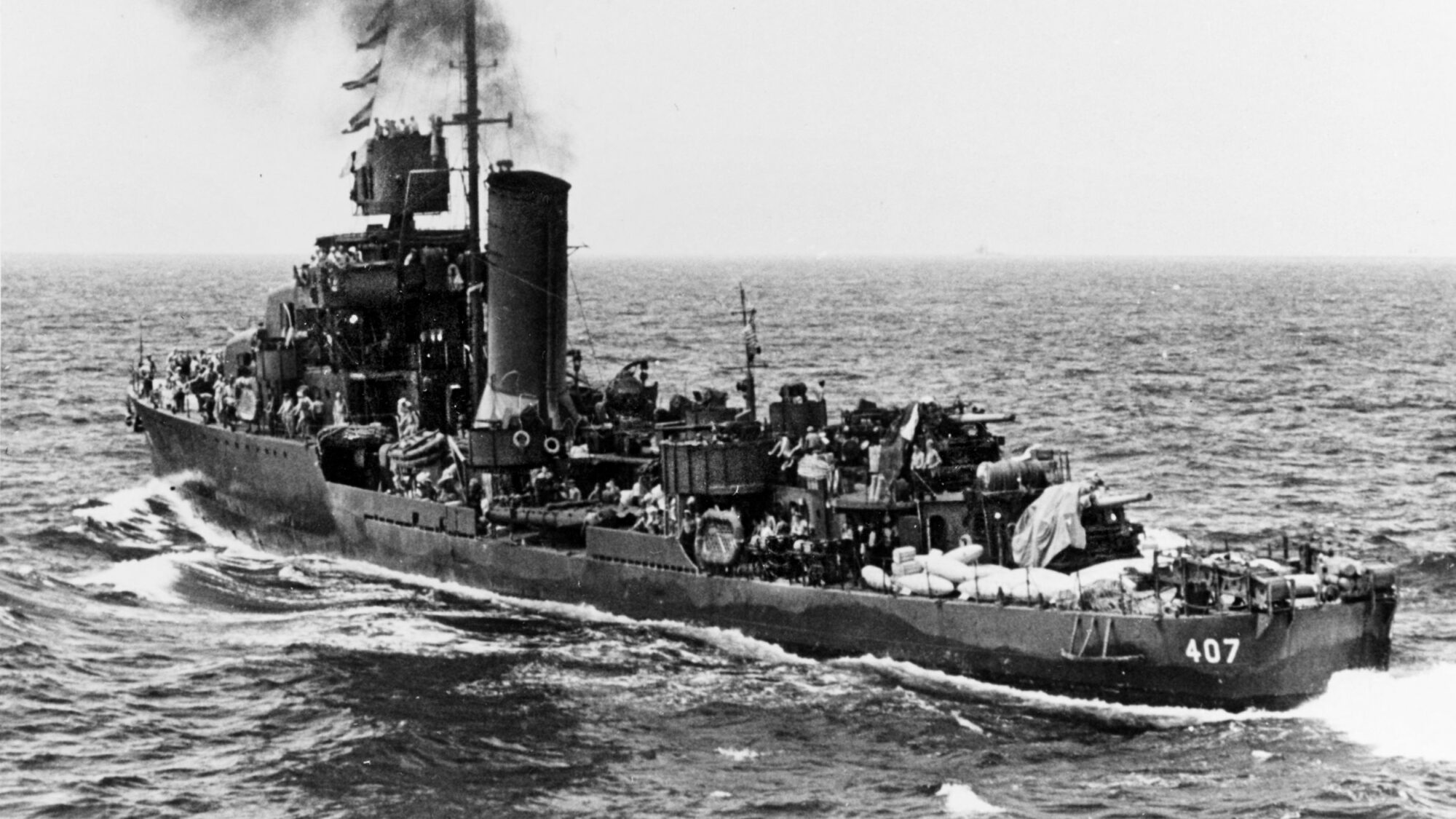
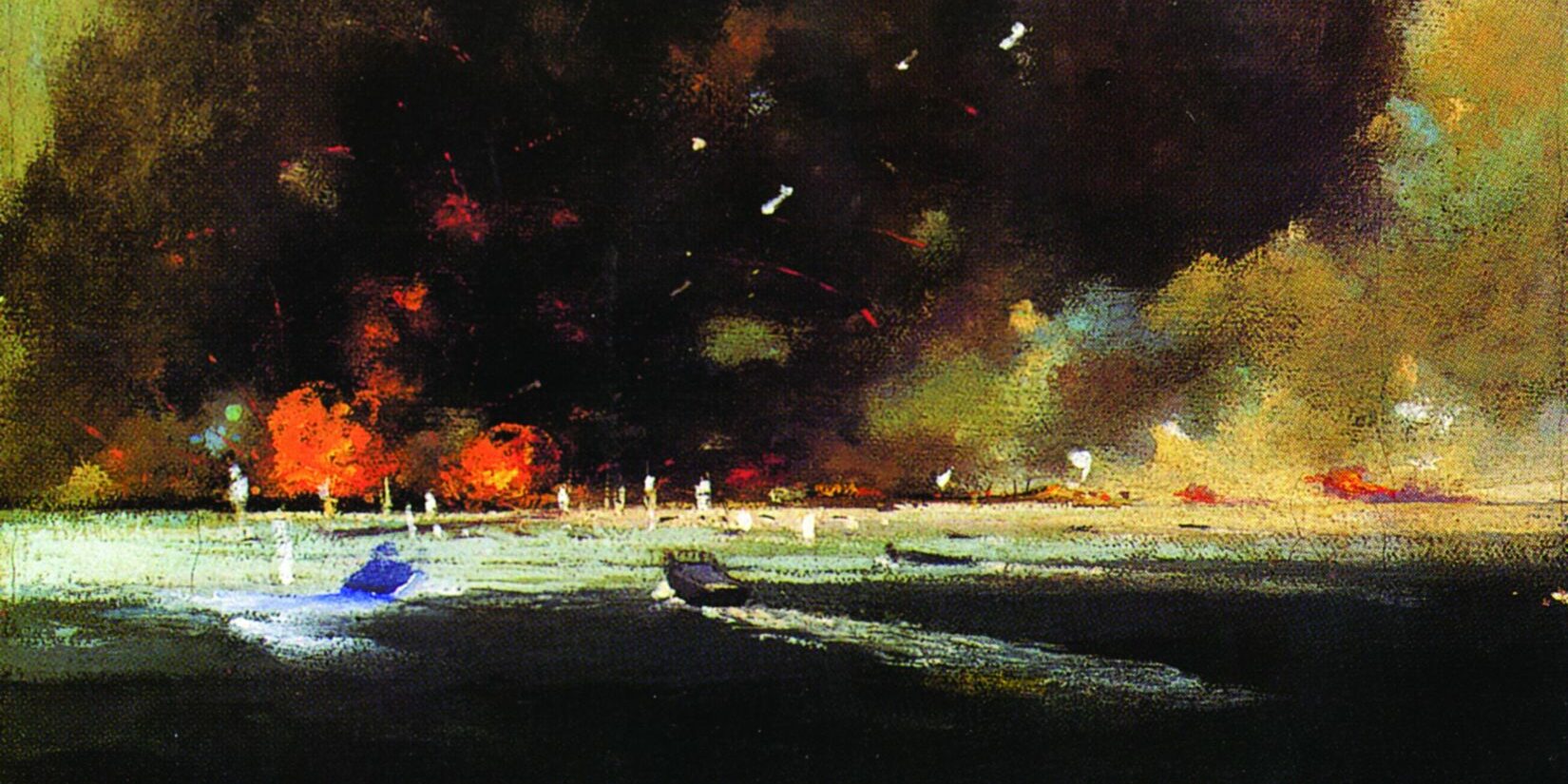
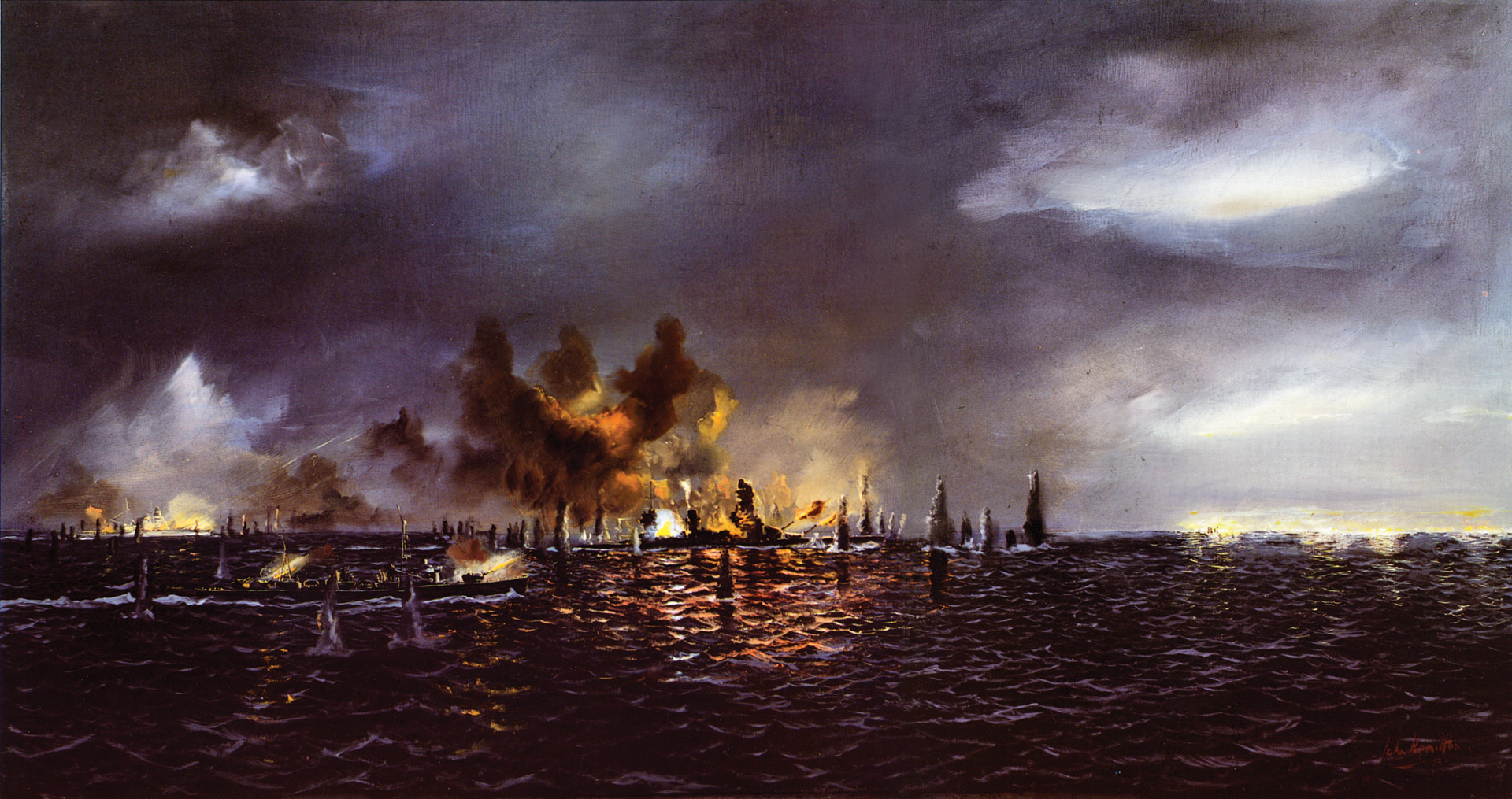
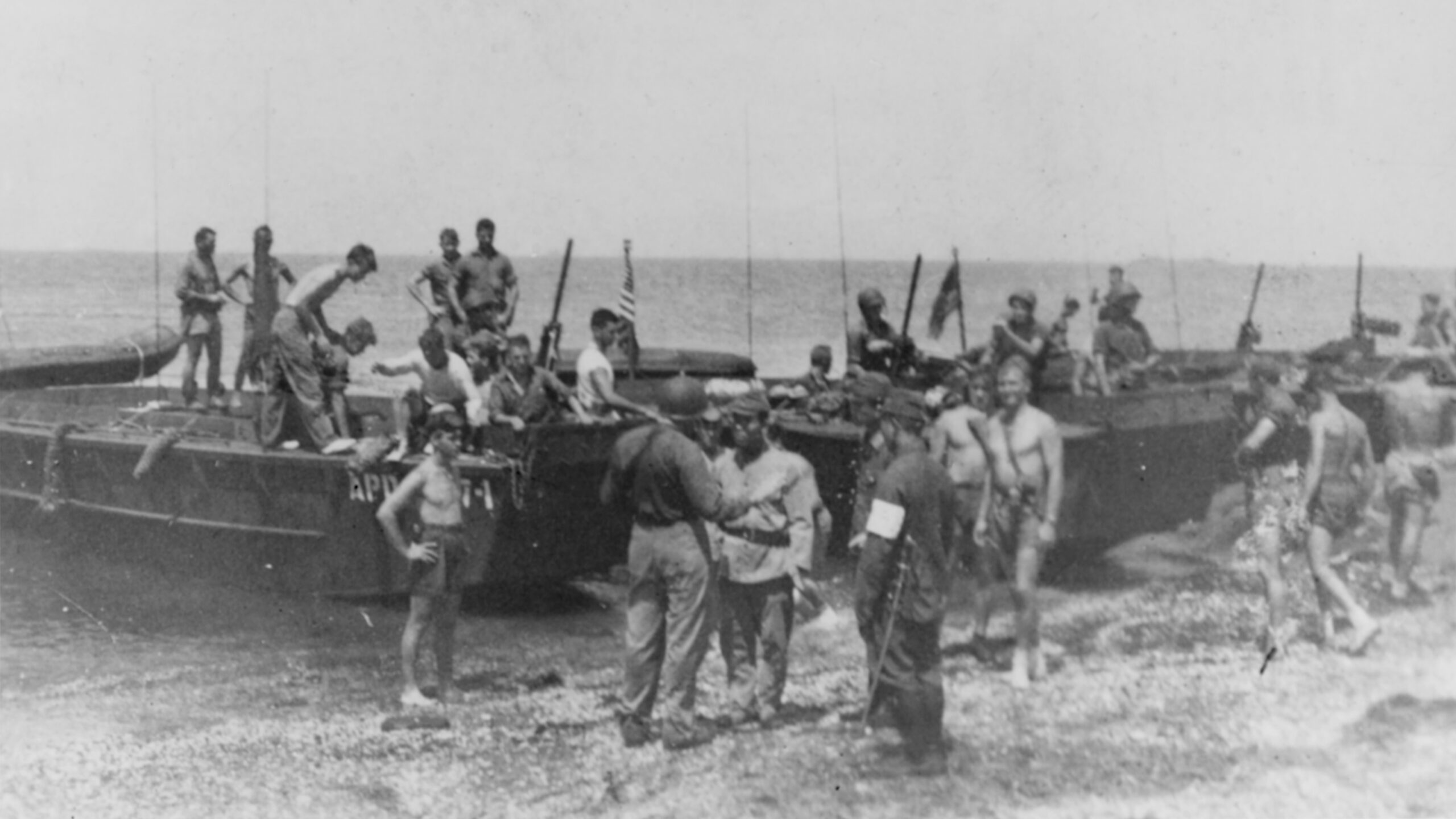
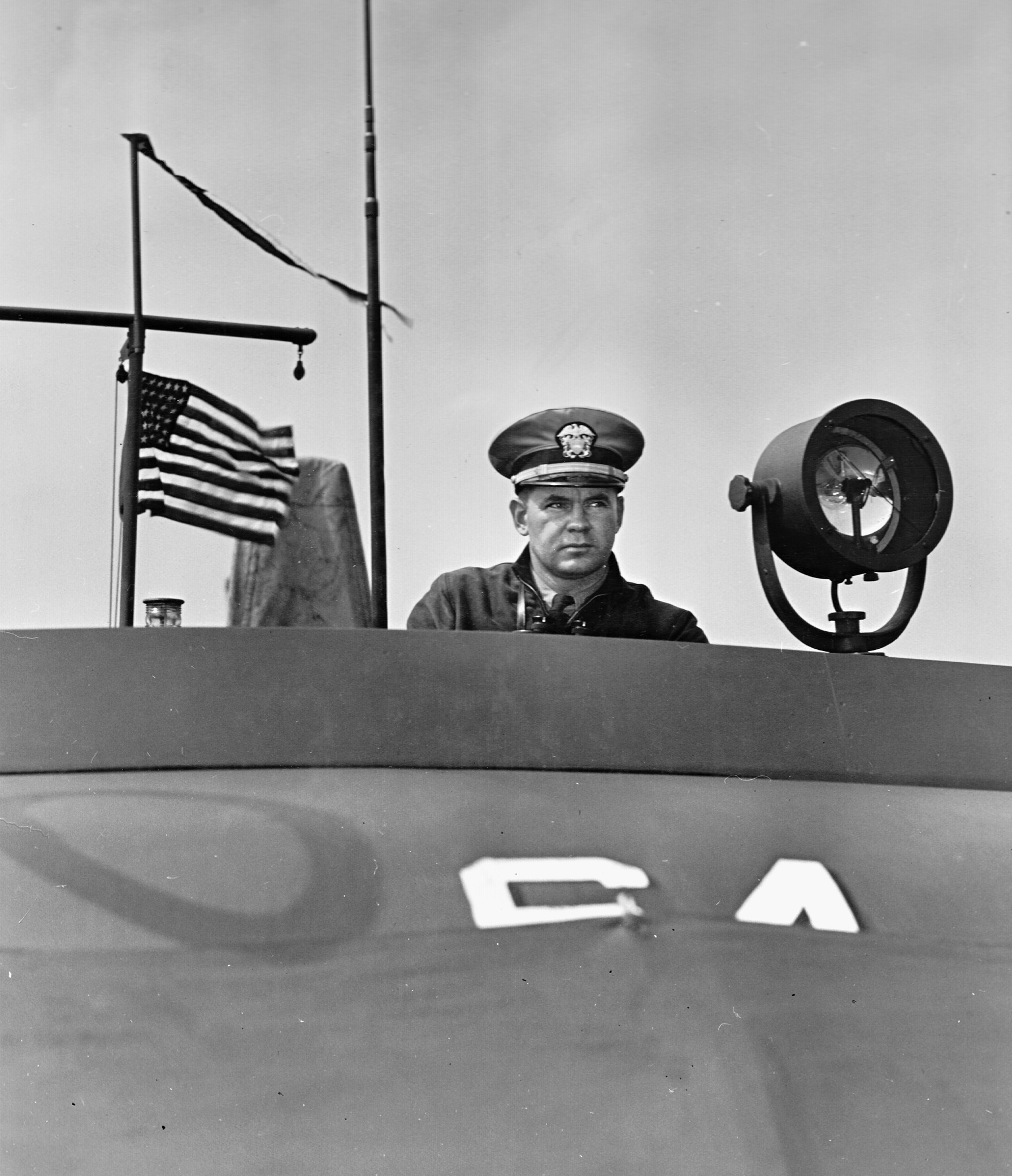
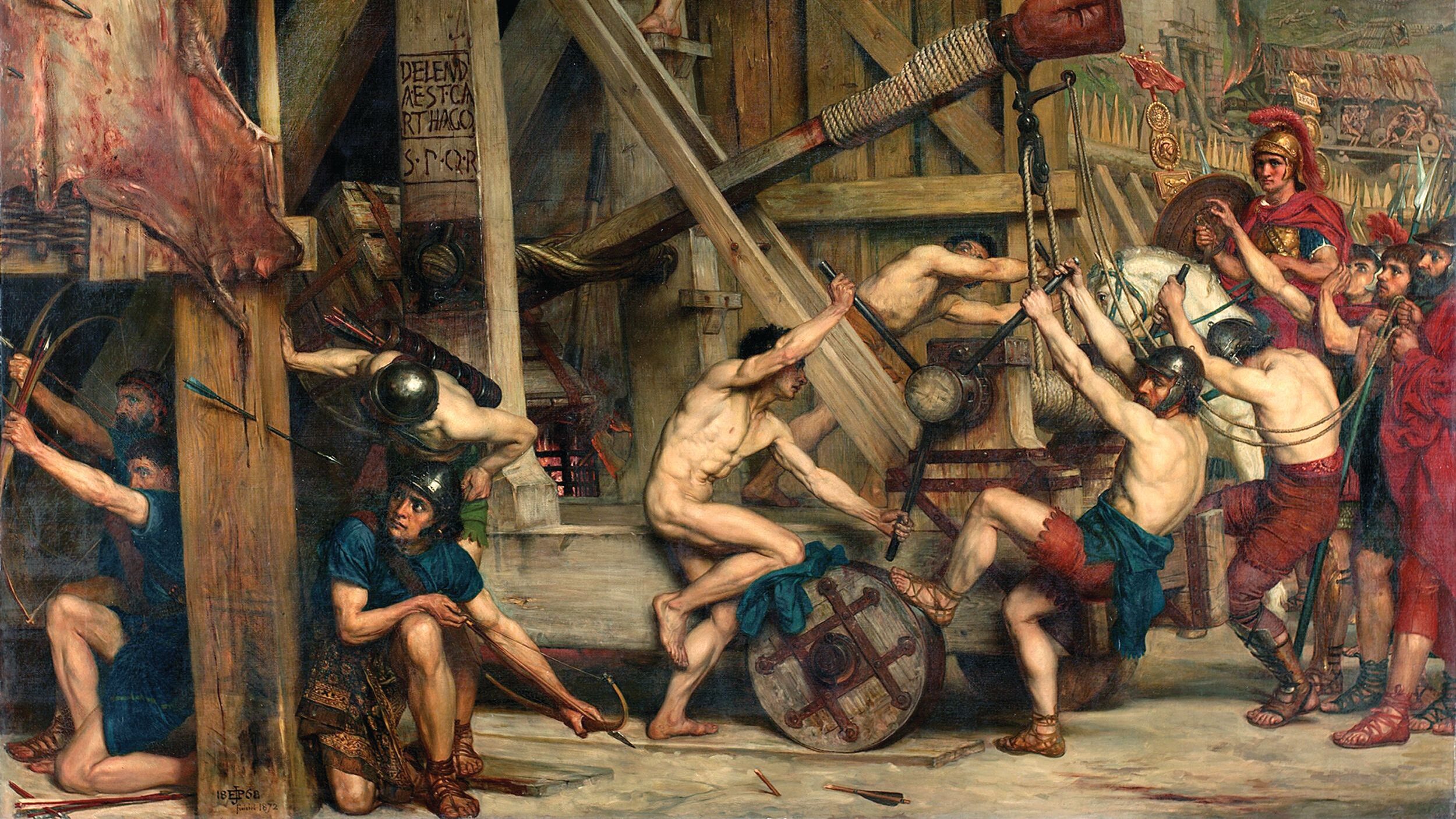

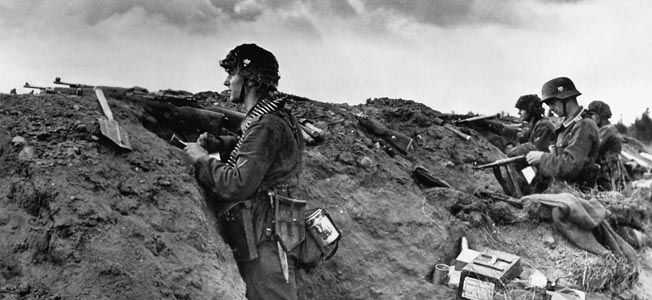
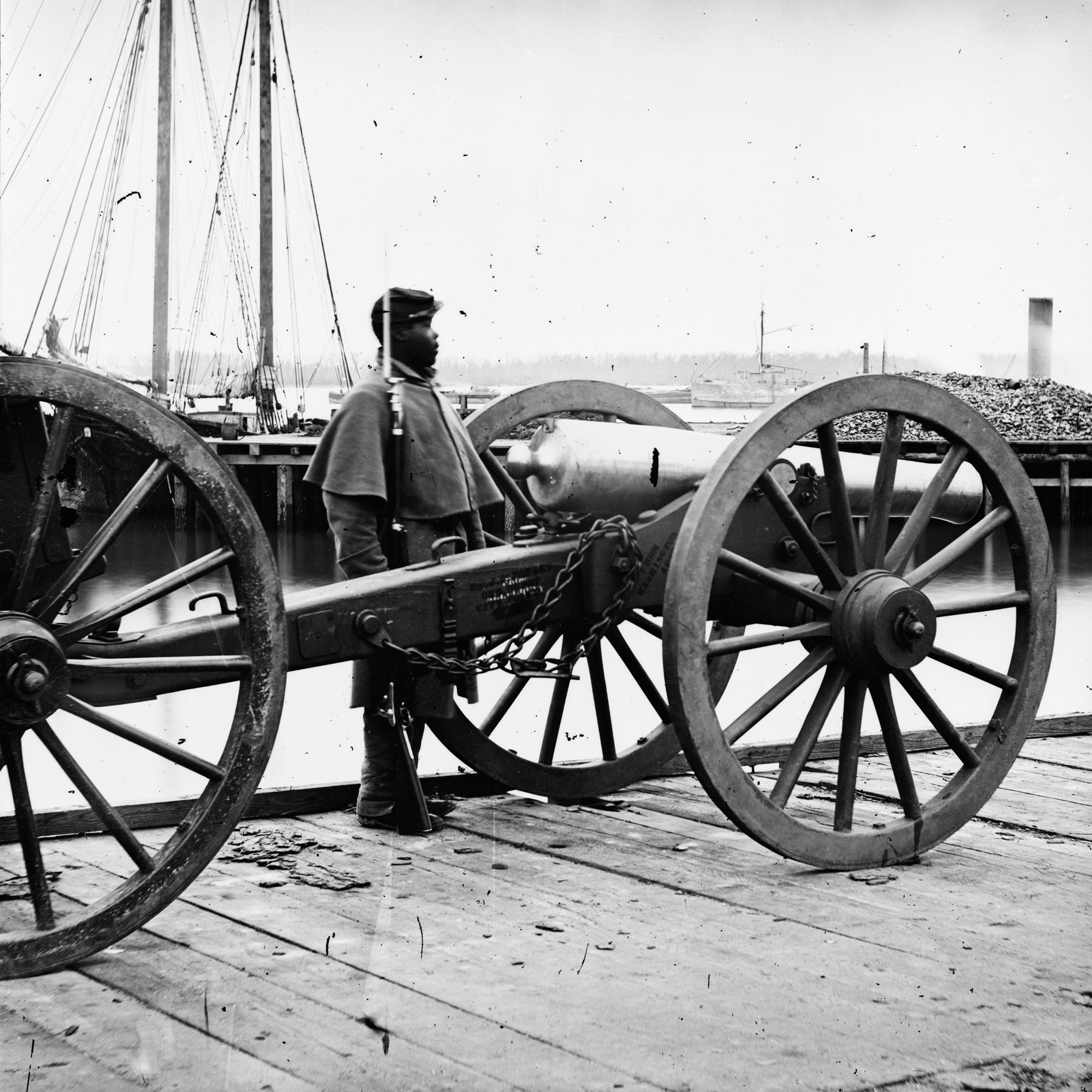
Join The Conversation
Comments
View All Comments